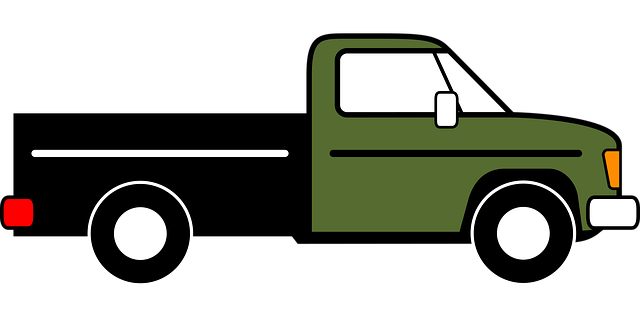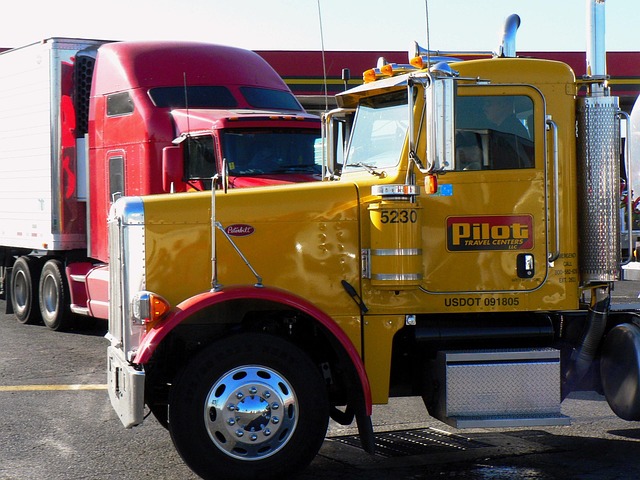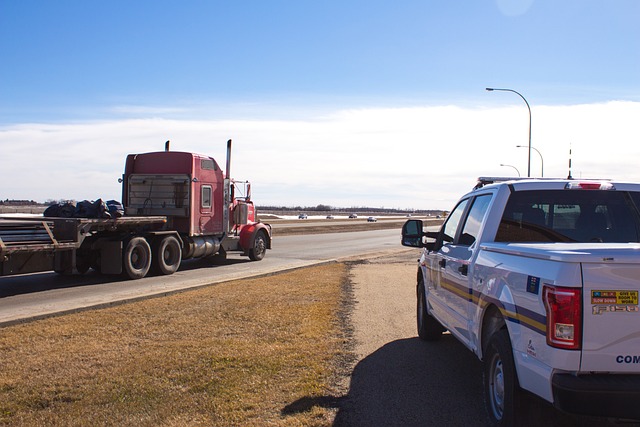Registering a car in California is a straightforward process, but understanding each step is crucial. This guide will walk you through the entire procedure, from gathering essential documents to completing the DMV VIN verification. By following these steps, you’ll ensure a smooth registration experience. First, understand the California car registration process and the required documents. Then, learn how to perform a DMV VIN verification, submit your application, and pay the necessary fees. Finally, receive your vehicle registration and license plate.
- Understanding the California Car Registration Process
- Gathering Necessary Documents for Registration
- How to Perform DMV VIN Verification in California
- Submitting Your Application and Paying Fees
- Receiving Your Vehicle Registration and License Plate
Understanding the California Car Registration Process

Understanding the California Car Registration Process
Registering a car in California involves several steps designed to ensure vehicle safety and compliance with state regulations. The process begins with a comprehensive inspection that includes a DMV (Department of Motor Vehicles) vin verification, which cross-references your vehicle’s unique identifier against state records to confirm its authenticity and history. This step is crucial for identifying any potential issues or outstanding warrants related to the car.
After passing the vin inspection, you’ll need to gather essential documents, such as proof of insurance, a valid driver’s license, and sales documents. These must be presented at a local DMV office along with the necessary fees. Once your paperwork is in order, a California vehicle registration will be issued, officially registering your car within the state’s jurisdiction. Additionally, consider using a mobile vin verifier for convenience, as this service allows you to complete the initial verification process remotely before visiting the DMV.
Gathering Necessary Documents for Registration

Before you start the registration process, ensure you have all the essential documents ready. The California Department of Motor Vehicles (DMV) requires a range of paperwork for a successful car registration. One critical step is the DMV VIN verification, where you’ll need to provide the Vehicle Identification Number (VIN) of your vehicle. This can usually be found on the vehicle’s title or in its manual.
Gathering these documents, including proof of ownership, license plates, and any required fees, is essential for a smooth registration process. It’s also recommended to have a mobile vin verifier app at hand, which can facilitate the VIN inspection process by providing immediate digital verification, making it easier to navigate the DMV procedures.
How to Perform DMV VIN Verification in California

In California, performing a DMV VIN (Vehicle Identification Number) verification is a crucial step during the car registration process. To begin, gather your vehicle’s essential documents, including its title and current registration. Next, visit the California Department of Motor Vehicles (DMV) website to access their online services or schedule an appointment at a local DMV office. If you prefer a more convenient option, consider using mobile vin verification services that offer on-site inspections conducted by certified professionals.
For a quick and accurate vin inspection, these mobile verifiers can save you time and effort. They’ll cross-reference your vehicle’s unique vin with the manufacturer’s data to ensure its authenticity and identify any potential issues. This step is vital to prevent fraud, ensuring your car’s registration is secure and up-to-date. Once the verification is complete, you’ll receive a report detailing the vehicle’s history, which can be used during the registration process.
Submitting Your Application and Paying Fees

After completing your vehicle’s registration application, it’s time to submit it along with the required documents and fees to the DMV. The process typically involves a vehicle identification number (VIN) verification, which can be done through a mobile VIN inspection or at a designated DMV office. This step is crucial as it ensures the accuracy of your vehicle’s information and helps prevent fraud.
To pay the registration fees, you’ll need to visit a DMV office or use their online services if available. The cost varies based on your vehicle type and other factors. Remember to keep your receipts for future reference and ensure your vehicle is officially registered with the California DMV after completion of these steps.
Receiving Your Vehicle Registration and License Plate

After successfully completing your California vehicle registration process, it’s time to receive your official vehicle registration documents and license plates. The Department of Motor Vehicles (DMV) will issue a registration card that serves as proof of insurance and registration. Along with this card, you’ll get a set of license plates for your car. These plates need to be displayed prominently on the rear of your vehicle at all times.
To ensure everything is legitimate, it’s crucial to undergo a DMV VIN verification process, which can often be done conveniently via mobile vin verifier services. This step confirms the authenticity of your vehicle’s identification number (VIN) and ensures that your plates match the registered data. A mobile vin inspection guarantees a swift and secure check, providing peace of mind that your car is properly registered and equipped with the correct license plates.
Registering a car in California involves several straightforward steps, from gathering essential documents to completing a DMV VIN verification. By understanding the process and providing accurate information, you can efficiently navigate the registration procedure. Remember to keep your vehicle’s registration and license plate visible at all times to avoid any legal issues.
